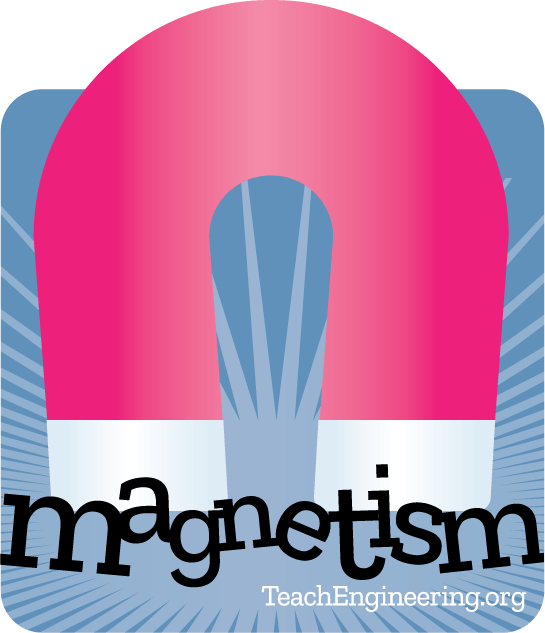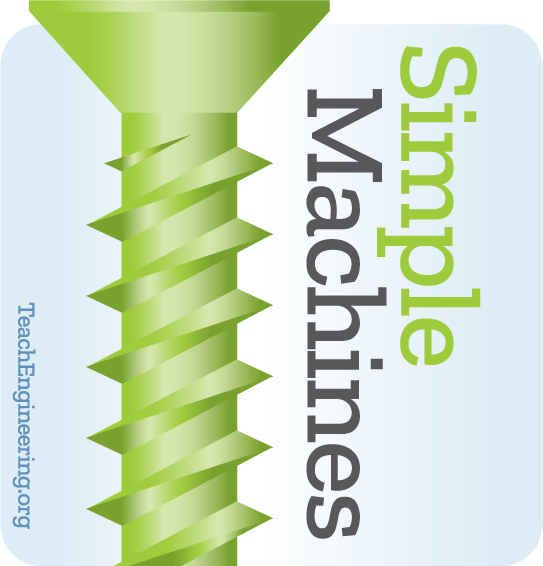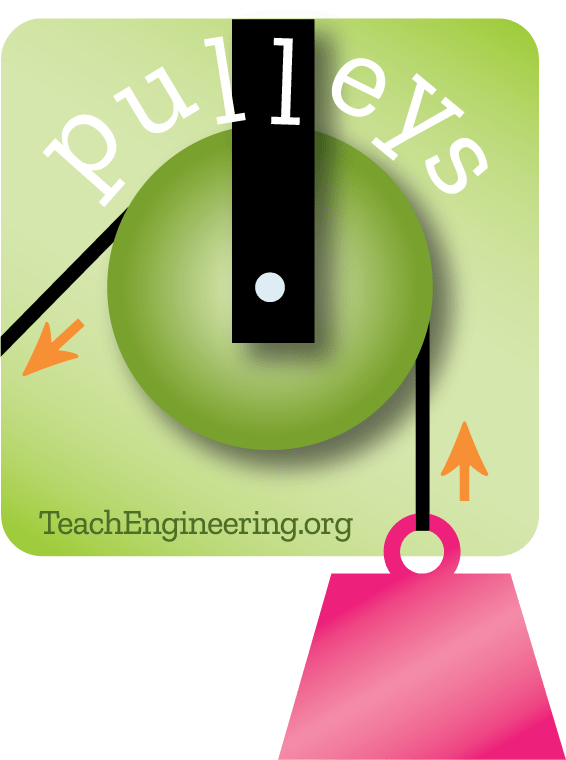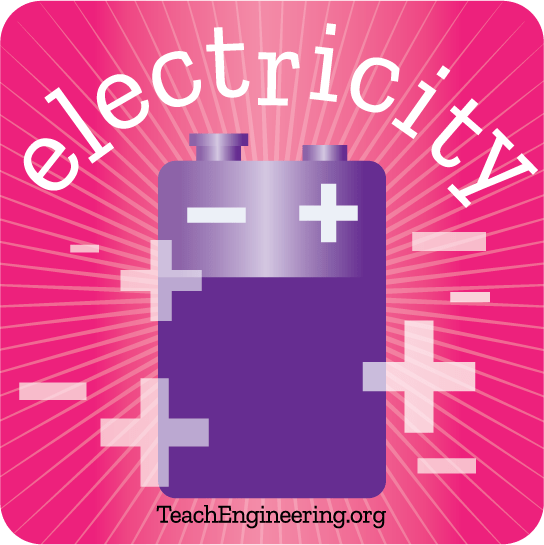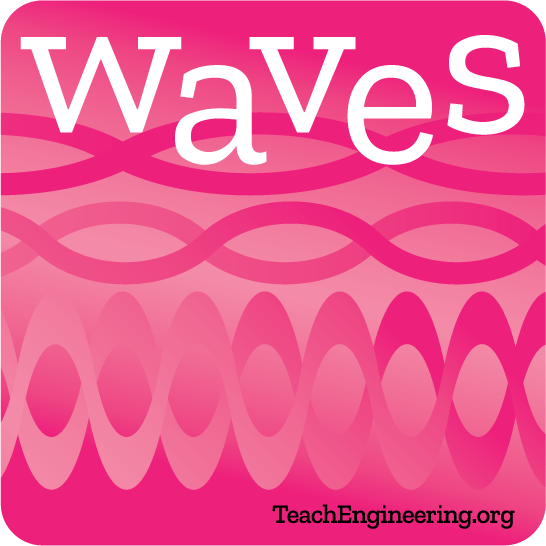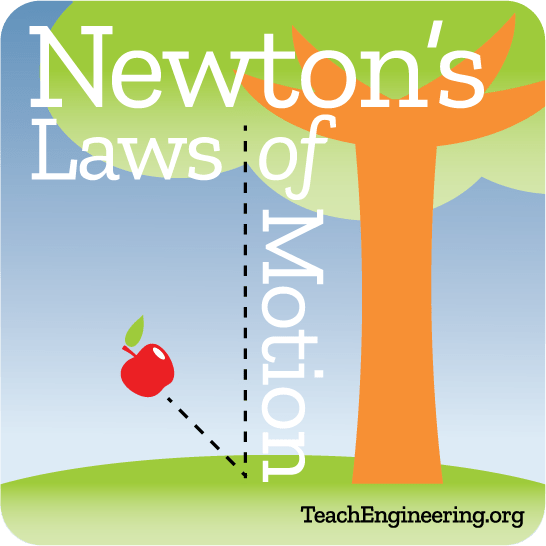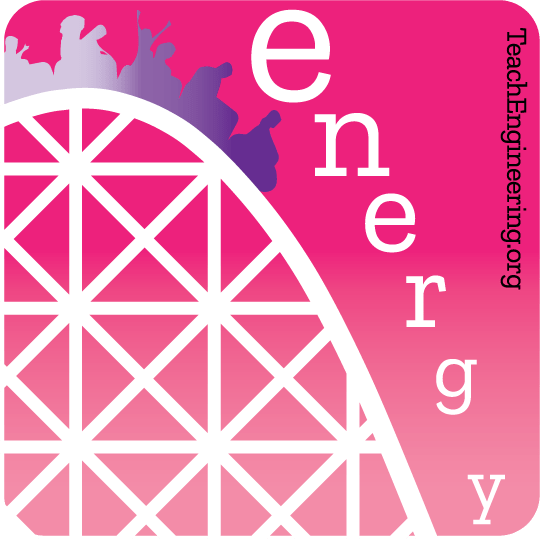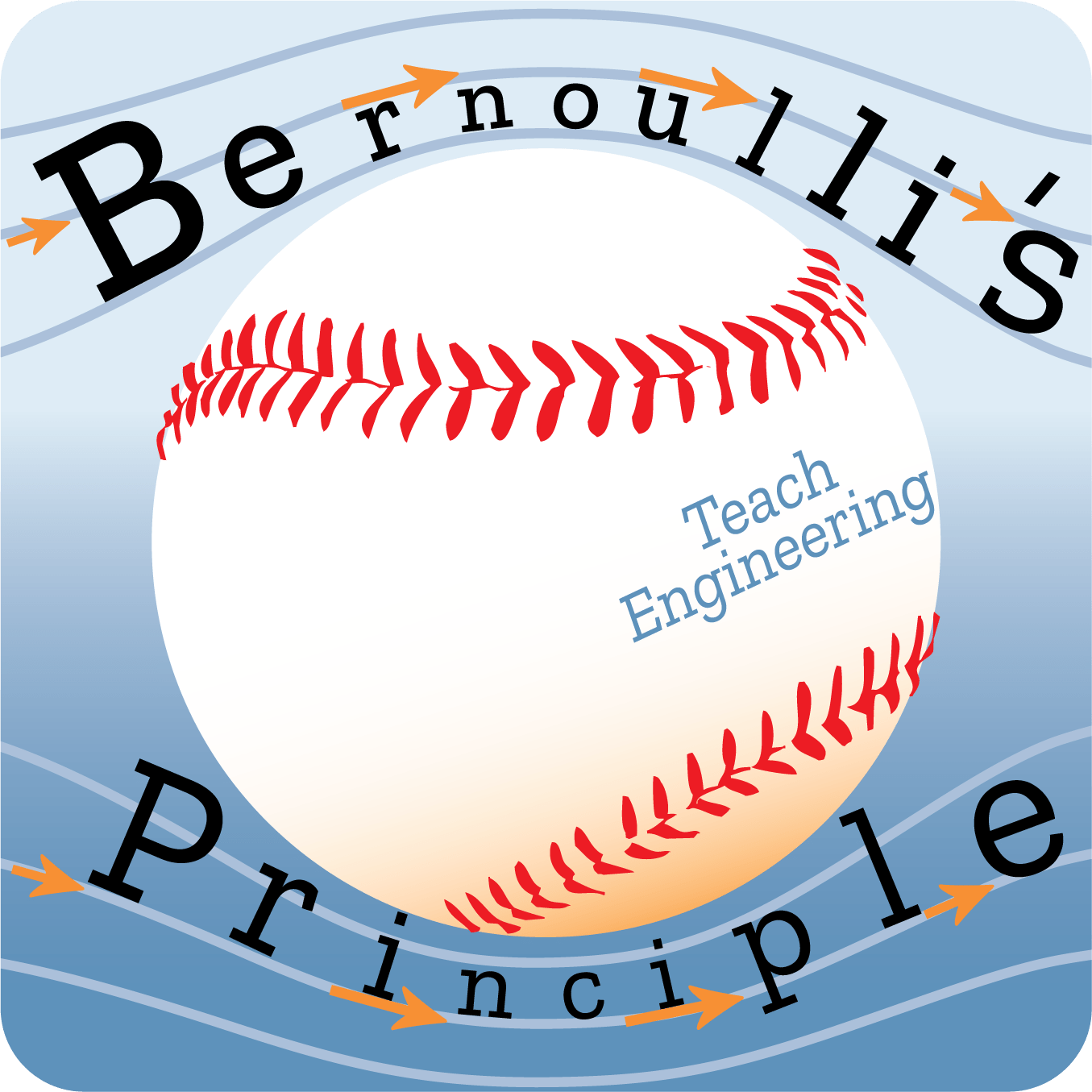Magnetism
Engineers apply their understanding of the phenomenon of magnetism to create devices that help improve everyone’s quality of life. Between lifesaving medical devices, advancements in computer technologies, more sophisticated robots and other specialized electronics, engineers use magnets to develop groundbreaking technologies.
Magnetism is the physical phenomenon produced through the motion of electric charged particles, like electrons. Magnetism is a force that has the ability to repel or attract objects that contain magnetic material, such as iron, nickel, cobalt and some alloys of rare earth metals. The strength of the magnetic force depends on the distance or the amount of charge.
Everything around us is made up of atoms, and each atom has electrons — particles that carry electric charges. Most objects around us have electrons that spin in random directions, however the electrons in magnets spin in the same direction. This results in the creation of a magnetic field.
All magnets produce a field that has both a north and south pole. The poles are the strongest parts of the magnet. By holding two magnets close to each other, you can actually feel the magnetic force and experience that opposite poles (north and south) attract each other whereas identical poles (north and north or south and south) repel each other.
Three types of magnets are categorized by their magnetism source:
- Permanent magnets emit a magnetic field without any external source of electric power or magnetism. They do not easily lose their magnetism.
- Temporary magnets rely on outside forces and become magnetized when they are around a stronger magnet. They will lose their magnetism gradually when the other magnet and magnetic field is removed.
- Electromagnets are created when an electric current passes through a coil with a metal core, which is known as a solenoid. The strength of the magnetic field depends on the number of loops in the coil and the strength of the current.
Engineers use magnets in many ways. When designing information storage devices for computers—including hard drives and flash drives—they use strong magnets to read or write information to the devices. We see this everyday in credit cards, computers, and zip disks. Magnets are also used in motors and acoustics. Aerospace engineers apply their understanding of magnetic fields to design satellites that withstand the effects of the Earth's strong magnetic field, which can affect a satellite's orientation around the planet and disrupt sensitive electronics.
Magnetism is a highly-studied phenomenon because engineers use it to create electrical energy. The relation between magnetism and electricity is a key concept in science, and is the source of most of the energy we use today. This relationship has led to the operation of movable parts in nearly every electrical device, the ability to generate electricity for our homes, the wherewithal to perform non-invasive medical procedures, and more. Electricity and magnetism affect every modern industry, from communication to entertainment, medicine, warfare and manufacturing.


Magnetism Curricula

Pull your students into making sense of the incredible phenomenon of magnetism through the engaging hands-on, design-based resources from TeachEngineering featured here, by grade band, that exemplify K-12 magnetism curriculum.
Grades K-2
- Coming Soon!
Grades 3-5
- Magnetic FieldsMagnetic Fields

Students visualize the magnetic field of a strong permanent magnet using a compass. The lesson begins with an analogy to the effect of the Earth's magnetic field on a compass.
- Magnetic AttractionMagnetic Attraction

Students complete a series of six short investigations involving magnets to learn more about their properties. Students also discuss engineering uses for magnets and brainstorm examples of magnets in use in their everyday lives.
- A Magnetic PersonalityA Magnetic Personality

Students investigate the properties of magnets and how engineers use magnets in technology. Specifically, students learn about magnetic memory storage, which is the reading and writing of data information using magnets, such as in computer hard drives, zip disks and flash drives.
- Electricity & Magnetism: Whose Field Line Is It, Anyway?Electricity & Magnetism: Whose Field Line Is It, Anyway?

Students teams each use a bar magnet, sheet of paper and iron shavings to reveal the field lines as they travel around a magnet. They see that the current flowing through a wire produces a magnetic field around the wire and that this magnetic field induced by electricity is no different than that pr...
- The Good, the Bad and the Electromagnet The Good, the Bad and the Electromagnet

Using plastic straws, wire, batteries and iron nails, student teams build and test two versions of electromagnets—one with and one without an iron nail at its core. They test each magnet's ability pick up loose staples, which reveals the importance of an iron core to the magnet's strength.
- See More
Grades 6-8
- Electricity & Magnetism: Whose Field Line Is It, Anyway?Electricity & Magnetism: Whose Field Line Is It, Anyway?

Students teams each use a bar magnet, sheet of paper and iron shavings to reveal the field lines as they travel around a magnet. They see that the current flowing through a wire produces a magnetic field around the wire and that this magnetic field induced by electricity is no different than that pr...
- The Electric and Magnetic Personalities of Mr. Maxwell The Electric and Magnetic Personalities of Mr. Maxwell

Students are briefly introduced to Maxwell's equations and their significance to phenomena associated with electricity and magnetism. Basic concepts such as current, electricity and field lines are covered and reinforced. Through multiple topics and activities, students see how electricity and magne...
- Yogurt Cup SpeakersYogurt Cup Speakers

Students are introduced to the role of electricity and magnetism as they build speakers. They also explore the properties of magnets, create electromagnets, and determine the directions of magnetic fields.
- Northward Ho! Create and Use Simple CompassesNorthward Ho! Create and Use Simple Compasses

Students create and use simple compasses made from a bowl of water, strong magnet, stick pin and Styrofoam peanuts. They learn about cardinal directions and how compasses work, learning that the Earth's magnetic field has both horizontal and vertical components.
- Riding the Radio WavesRiding the Radio Waves

Students learn how AM radios work through basic concepts about waves and magnetic fields. Then students learn general concepts about magnetic fields, leading into how radio waves are created and transmitted.
- See More
Grades 9-12
- Magnetic FieldsMagnetic Fields

Students visualize the magnetic field of a strong permanent magnet using a compass. The lesson begins with an analogy to the effect of the Earth's magnetic field on a compass.
- Magic Magnetic FluidMagic Magnetic Fluid

Students are introduced to a unique fluid—ferrofluids—the shape of which can be influenced by magnetic fields. This activity supplements traditional magnetism activities and offers comparisons between large-scale materials and nanomaterials. Students are introduced to the concepts of magnetism, surf...
- Magnetic FluidsMagnetic Fluids

In this fun, engaging activity, students are introduced to a unique type of fluid—ferrofluids—whose shape can be influenced by magnetic fields! Students act as materials engineers and create their own ferrofluids where they are challenged to make magnetic ink out of ferrofluids and test their creati...
- Electricity and Magnetic FieldsElectricity and Magnetic Fields

The grand challenge for this legacy cycle unit is for students to design a way to help a recycler separate aluminum from steel scrap metal. In previous lessons, they looked at how magnetism might be utilized.
- Magnetic or Not?Magnetic or Not?

Students explore the basic magnetic properties of different substances, particularly aluminum and steel. There is a common misconception that magnets attract all metals, largely due to the ubiquity of steel in metal products.
- See More



